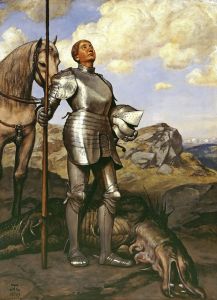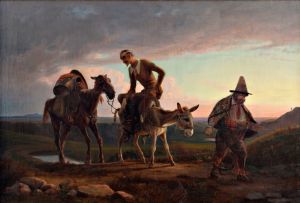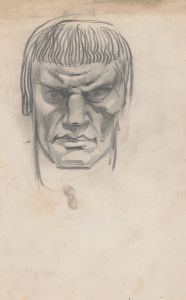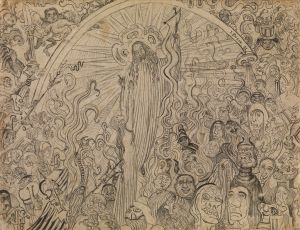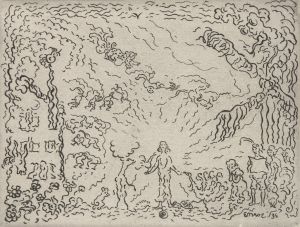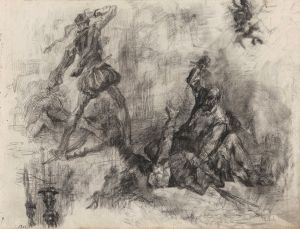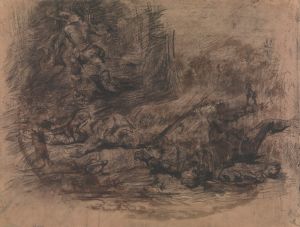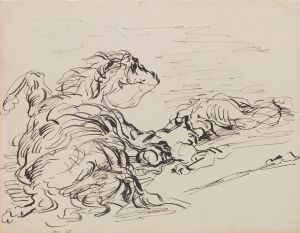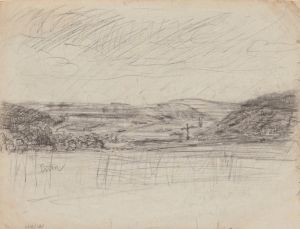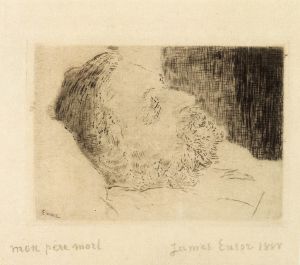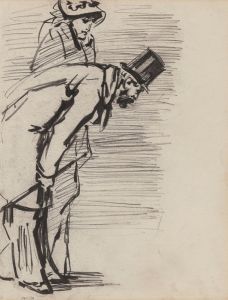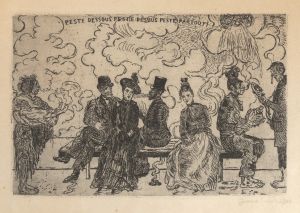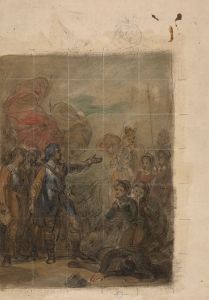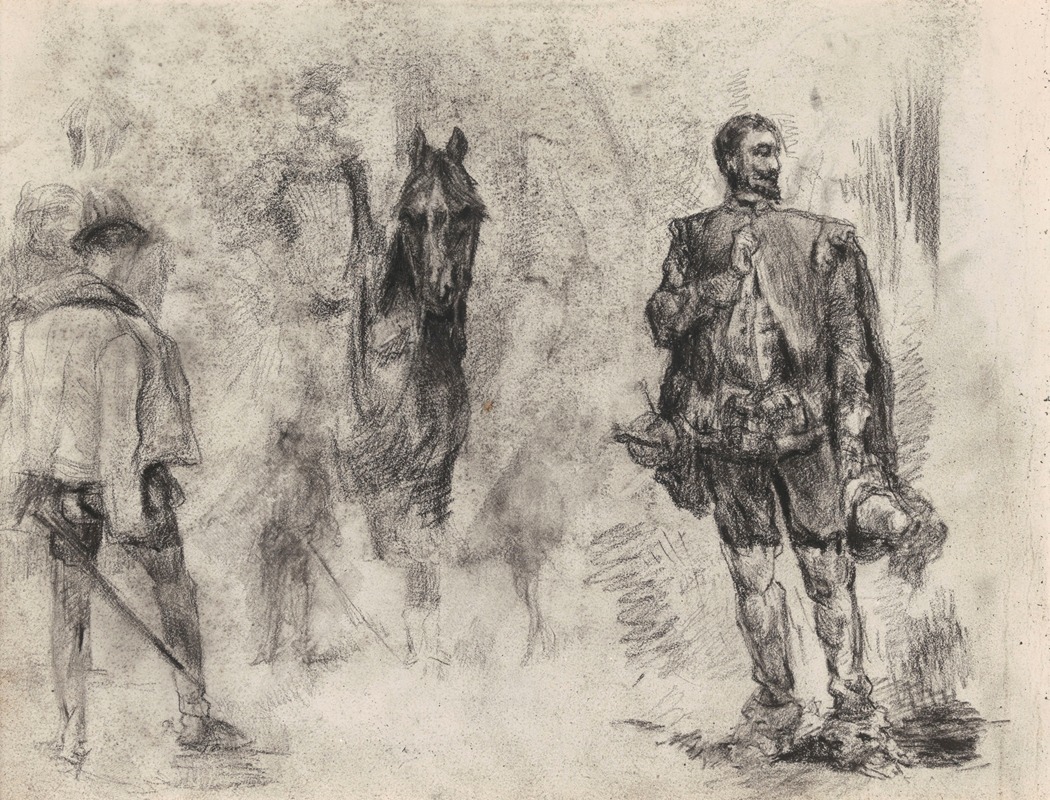
Don Quixote
A hand-painted replica of James Ensor’s masterpiece Don Quixote, meticulously crafted by professional artists to capture the true essence of the original. Each piece is created with museum-quality canvas and rare mineral pigments, carefully painted by experienced artists with delicate brushstrokes and rich, layered colors to perfectly recreate the texture of the original artwork. Unlike machine-printed reproductions, this hand-painted version brings the painting to life, infused with the artist’s emotions and skill in every stroke. Whether for personal collection or home decoration, it instantly elevates the artistic atmosphere of any space.
James Ensor, a prominent Belgian painter and printmaker, is known for his unique and often surreal style that blends elements of symbolism and expressionism. One of his intriguing works is "Don Quixote," a painting that reflects his fascination with the themes of fantasy, satire, and the grotesque. Ensor's "Don Quixote" is an interpretation of the iconic character from Miguel de Cervantes' celebrated novel, "Don Quixote de la Mancha," which was published in the early 17th century.
Ensor was born in 1860 in Ostend, Belgium, and spent most of his life there. His work is characterized by its vivid use of color, intricate detail, and often bizarre subject matter. He was part of the avant-garde movement in Belgium and was associated with the group Les XX, which included other notable artists like Fernand Khnopff and Théo van Rysselberghe. Ensor's work often explored themes of death, masks, and the absurdity of human existence, which can also be seen in his interpretation of Don Quixote.
In Ensor's "Don Quixote," the artist captures the essence of the titular character, who is known for his idealism and his quest for chivalric ideals in a world that has moved beyond such notions. Ensor's portrayal is likely to emphasize the character's eccentricity and the contrast between his noble intentions and the often ridiculous outcomes of his adventures. This aligns with Ensor's broader artistic themes, which frequently highlight the absurdity and contradictions inherent in human life.
The painting is notable for its dynamic composition and the use of vibrant colors, which are hallmarks of Ensor's style. Ensor often employed a palette that included bold reds, blues, and yellows, creating a sense of energy and movement within his works. This use of color can be seen as a reflection of the tumultuous and often chaotic world that Don Quixote inhabits, as well as Ensor's own perception of the society around him.
Ensor's interest in Don Quixote may also be linked to his fascination with the idea of the misunderstood artist or visionary, a theme that recurs throughout his body of work. Much like Don Quixote, Ensor often felt at odds with the prevailing norms and expectations of his time, and his art frequently challenged conventional aesthetics and societal values.
While specific details about the creation and exhibition history of Ensor's "Don Quixote" are limited, the painting remains an important part of his oeuvre, illustrating his ability to reinterpret classic literary figures through his distinctive artistic lens. Ensor's work, including his depiction of Don Quixote, continues to be celebrated for its originality and its capacity to provoke thought and discussion about the nature of reality, illusion, and the human condition.
Overall, James Ensor's "Don Quixote" is a testament to the artist's skill in blending narrative and visual art, offering a unique perspective on a timeless literary character. Through his innovative use of color and form, Ensor invites viewers to reconsider the boundaries between reality and imagination, much like Cervantes' original tale.





